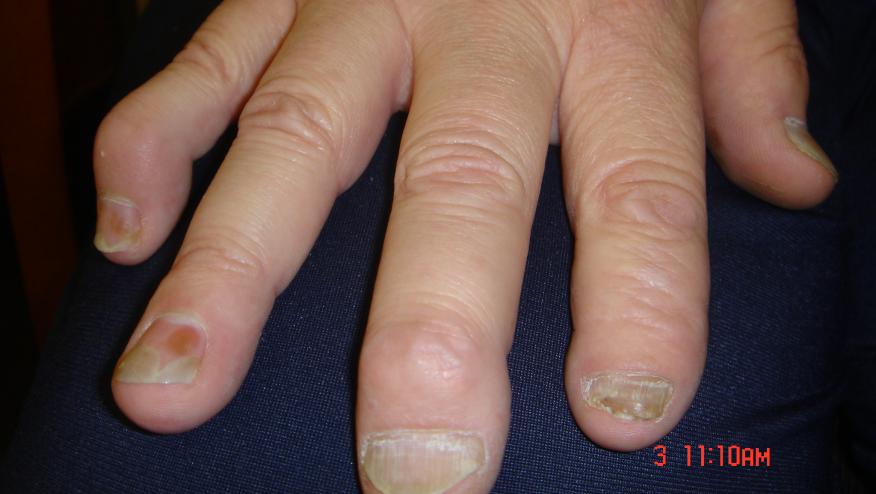Expert Panel Guidance on Managing Psoriatic Arthritis and Comorbidities Save

An expert panel has published their consensus guidelines for the management of psoriatic arthritis (PsA) and it's comorbidities in the journal Rheumatology.
The project was driven by a steering committee who convened a consensus panel of rheumatologists, dermatologists, primary care clinicians, specialist nurses, allied health professionals, non-clinical academic participants and members of the Brit-PACT patient group. After a targeted literature review, PICO questions were established and consensus was achieved when 75% of the panel agreed in the range of 7–9 on a 9-point scale.
This resulted in 34 statements covering four PsA themes: Diagnosis, Disease assessment, Comorbidities, and Management. The document also includes recommendations on multidisciplinary management, lifestyle modifications, treat-to-target strategies and minimising corticosteroid use. Below are exerpts from this guidance - please consult the FULL publication, which includes concise infographic summaries, by clicking the link below.
Diagnosis
- Be aware that anyone with PsO or with a family history of PsO may develop PsA
- Be aware that axial disease may be present in a high proportion of PsA patients.
- Following factors are associated with increased risk of PsA:
- Nail PsO
- Longer duration of PsO
- Greater PsO severity
- First-degree relative with PsA
- Elevated BMI
- Patient-completed screening tools may be useful in detecting PsA in patients with PsO, although they have limited specificity.
- There is a diagnostic delay in patients with PsA compared to RA
- Imaging alone cannot diagnose or exclude PsA and must be considered in context.
- Adults with suspected persistent joint inflammation (synovitis).... Should be referred to rheumatology services within three working days ...and should be assessed in a rheumatology service within three weeks.
Disease assessment
- PsA management should involve shared decision-making with alignment of patient and HCP goals.
- Routine and regular use of patient-reported outcome measures is recommended.
- HCPs caring for someone with PsA should include assessment of joints, enthesitis, spine, skin and comorbidities.
- Imaging may be used as an adjunct to support clinical decision-making in terms of whether to change/escalate therapy.
Comorbidities
- Treatment of comorbidities in patients with PsA should utilise a multidisciplinary team management approach incorporating primary care and appropriate specialists in secondary care.
- PsA patients who are overweight/obese, a proactive approach to weight loss should be considered following national guidelines
- PsA patients who are depressed, proactive management should be considered following national guidelines and local services.
- Some comorbidities (depression, fatty liver disease) have implications for pharmacological management of PsA and should be considered before therapy initiation.
Management
- When making treatment decisions, consider disease activity, impact (function, QoL, participation) and comorbidities to optimise management.
- Appropriate multidisciplinary team management (including AHPs) of patients with PsA is recommended for optimal care.
- Use of corticosteroids in PsA should be strictly minimised, with proactive consideration of alternative therapies.
- Caution should be exercised in the tapering of steroids in people with PsA due to the significant risk of PsO flare associated with steroid withdrawal, and patients should be informed of this risk.
- Smoking cessation support is strongly recommended in line with current national guidelines.
- Patients with PsA should be advised to undertake muscle strengthening and general aerobic exercise
- Referral and management within an early inflammatory arthritis clinic is recommended.
- A treat-to-target management strategy is recommended and... should target all disease manifestations in PsA.
- Minimal disease activity is the evidence-based multi-domain target for treatment in PsA.
- Shared decision-making and alignment of patient and physician goals when discussing treatment options.







If you are a health practitioner, you may Login/Register to comment.
Due to the nature of these comment forums, only health practitioners are allowed to comment at this time.